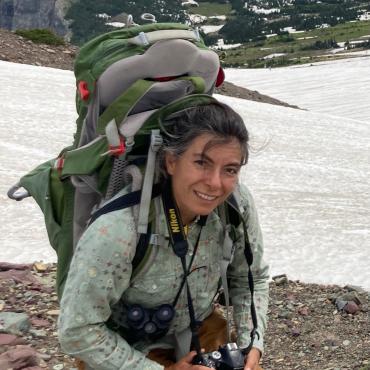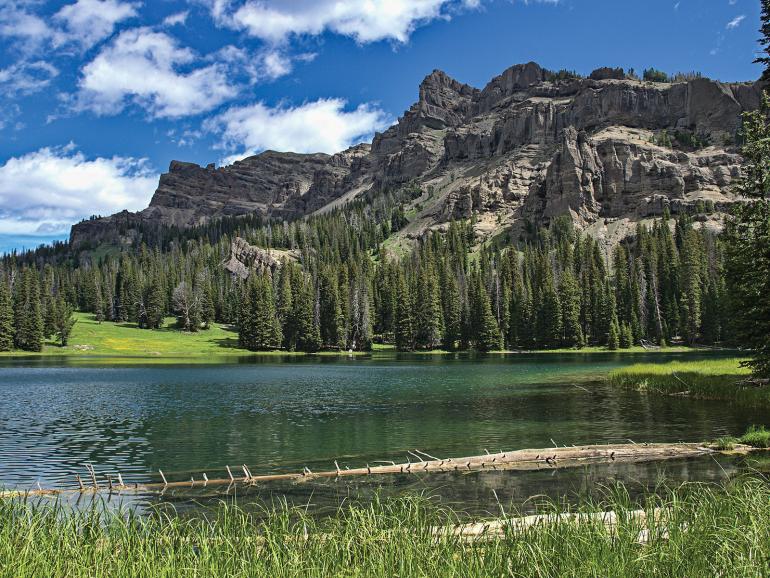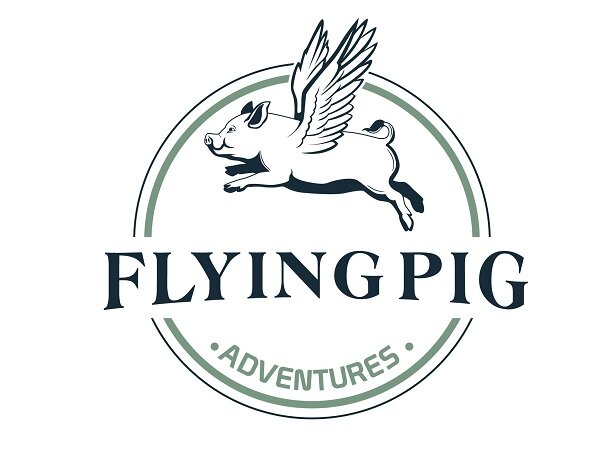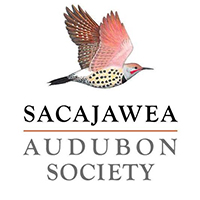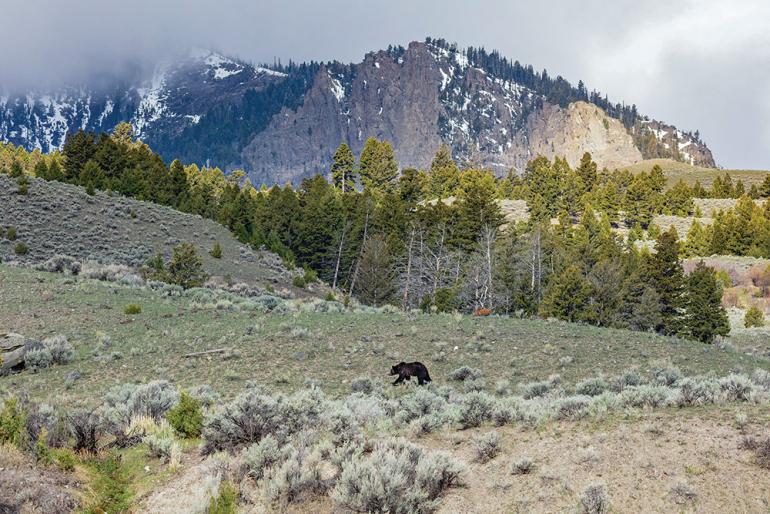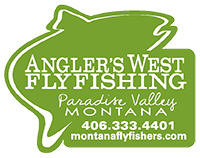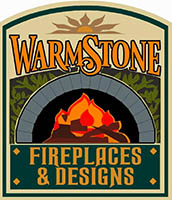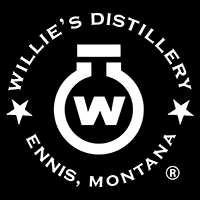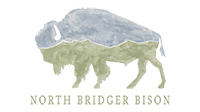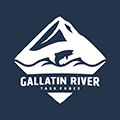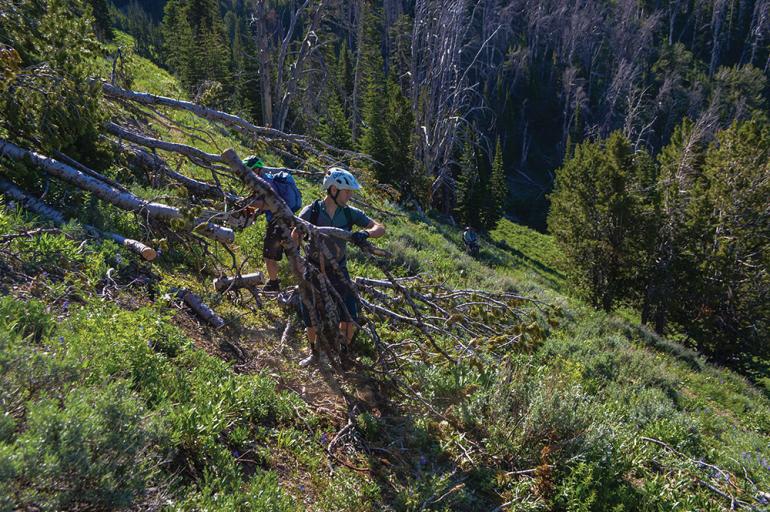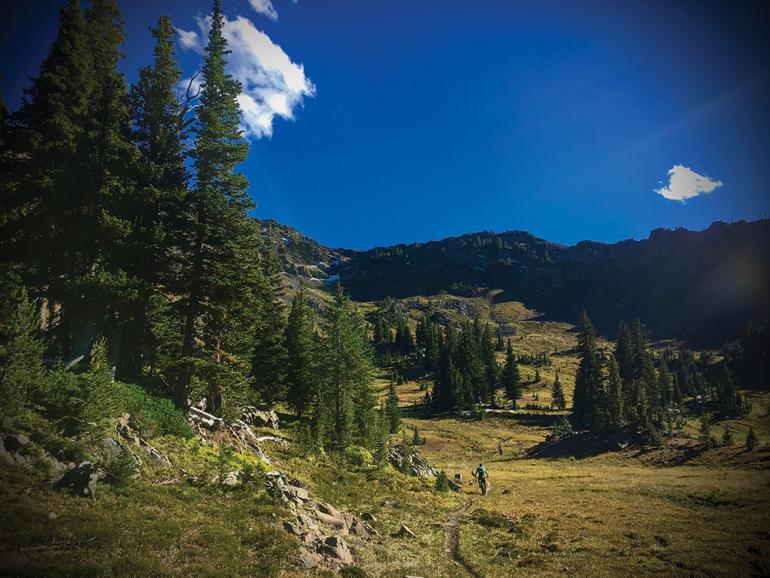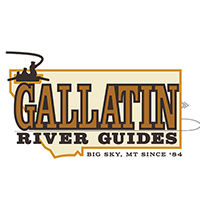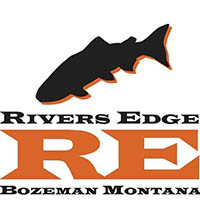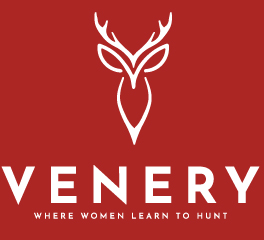Keep It Wild
A Wilderness group wants top-bar protection for the high-stakes Custer-Gallatin National Forest. But can they get it?
Our backyard is one big map. A net strung with mountains and meltwater, its webbing sustains us. We upload the forest grid; we graze it or thin it, we pound trails that penetrate the print. Then we cram our maps in the glovebox, shrink screens into digital netherlands, and call it a day.
But land heaves up and plunges, sub-soil. Our backyard has a basement but we occupy the ground floor. We scurry to captain the landscape, believing topography sheds us as we bead off like water. But we drill paths through drought, we brave cloudbursts out of season. More and more, we wait out wildfire while ash hills slump into headwaters. We talk resilience. Hold our breath dreading flood or flare-up. But the forest is a lung, a reserve weeping resin and rhizome, sponging through backwoods to ply wilder places. This is wilderness: our buffer for climate, our cushion for burnout, our bank for wildlife refuge.
Wild places can nurse recreation; our backyard bunker sprouts resources that seed our economy, and we’re keen to protect our assets. We lace up boots, lube gears, and probe the map, debating where to skate the surface and where to bank our buffer. From conservationists to recreationists to land managers, everyone who understands this land’s value is calling to protect at least some of it. But by what measure?
One group proposes 1.15 million acres to be designated by Congress as Wilderness in the northern Greater Yellowstone Ecosystem and nearby federal lands.
As the Gallatin Yellowstone Wilderness Alliance (GYWA), they’re sweating a primary purpose: ecological integrity. Across the Custer-Gallatin National Forest (CGNF), comrades share this priority while seeking balance with other values. But wilderness is a beast, and we’re human. We have outstanding capacity for vision, but we disagree with each other. We’re restless and we come with attachments. From backpack to backhoe, chainsaw to chain gear to throttle body, our gear defines us. With a death grip on identity, we lean into our maps, and eyeball the wild. We chart lines around deserving sweeps of rock and proclaim them wilderness.
Only Congress can designate official Wilderness.
When it comes to the Custer-Gallatin, conservation proponents show that there is more than one way to tally Wilderness acres into a legislative proposal: prioritize ecological integrity, set the bar high, and pray you don’t trade acres for ambition. Or, partner with interests who share core values, strive for balance while upholding protection, then craft a unified vision for a future with minimum sacrifice.
Upping the ante is the newly-released CGNF Forest Plan. Through their planning process, the Forest can recommend Wilderness, but until Congress acts, recommendations only guide management, and can change with the next revision. Wilderness designated by Congress is permanent.
Wildlife in the Driver’s Seat
At the heart of the matter is wildlife. “They define the ecosystem,” says Phil Knight, GYWA board member and founding member of Montanans for Gallatin Wilderness. “The land without its wildlife is just land.”
And the Custer-Gallatin is big land. A forest flung west as mountain terrain splinters into island ranges and mesas to the east, it covers parts of the Madisons, Bridgers, Crazies, Absarokas, Beartooths, Pryors, and the Ashland and Sioux districts. But it’s the Gallatin Range that ensnares opinion as both Bozeman’s recreational epicenter and the nation’s wildest, yet unprotected habitat. No roads cross its crest. The only range around the boundary of Yellowstone National Park without designated Wilderness, the Gallatins’ key drainages link wildlife territory to the rugged habitat of the Greater Yellowstone Ecosystem, renowned for its near-intact roll-call of original wildlife species.
“If we can’t protect wilderness here,” says Knight, “then I don’t know where we do it.”
But “here” is where we live, work, play. We have robust economies enriched by our proximity to public land; we’re inundated with visitors and transplants hungry for open space with standout recreational opportunities grounded in healthy, thriving communities.
Wilderness, that beast, needs breathing room. Nowhere is this more evident than in the Gallatin Range’s Porcupine and Buffalo Horn drainages.
From value to approach, with so much land at stake in a looming Forest Plan revision, diverse interests scrambled for voice. In 2016, a core contingent of conservation groups—Wild Montana, Greater Yellowstone Ecosystem, and The Wilderness Society—coalesced with mountain-bike groups like Southwest Montana Mountain Bike Association (SWMMBA) to form the Gallatin Forest Partnership (GFP). They promoted shared values like Yellowstone connectivity, clean water, and recreation, to protect the Gallatin and Madison ranges.
“It has momentum and unprecedented support from a range of stakeholders,” says Emily Cleveland, conservation director for Wild Montana. “The Forest Service and members of Congress are more likely to get behind ambitious conservation protections if different interest groups are united behind it.”
“They’re carving up the baby,” declares GYWA president Joseph Scalia, who claims the GFP’s collaborative approach divvies up invaluable ecosystems, allowing pressures that whittle the landscape. Early in 2019, the GYWA organized as an alternative to the GFP to advance wildlife and ecological values in the forest-planning process. By 2021, they announced their legislative proposal: the Gallatin-Yellowstone Wilderness Act—1.15 million acres.
With a long-standing priority on the roadless Gallatin Range—more than 270,000 acres—the GYWA examined all remaining, unprotected, Wilderness-quality lands across the CGNF; they wrapped in adjoining BLM lands that met Wilderness criteria. “We found that there’s more than anyone’s really talking about,” says Knight. “Start with the most you can identify. If you don’t, it will never make it through any Wilderness process.”
Or, as long-time Wilderness advocate Howie Wolke puts it, “Anything wild should remain wild. If there are reasons for excluding lands from a proposal, that should be the burden of the people who want to reduce Wilderness.”
The Vital Link
Wilderness, that beast, needs breathing room. Nowhere is this more evident than in the Gallatin Range’s Porcupine and Buffalo Horn drainages, a cauldron of opinion where all debate careens like vertigo. It’s the lower basins of forest islands—where grasslands shallow, where meadows bank through sanctuary strongholds—that shunt the march of wildlife through sensitive corridors to winter and mate and forage, to roam vaster country.
It’s essential habitat steeped in land lust. Etched early with a checkerboard of railroad ownership, the drainages survived disturbance through 1977, when the Wilderness Study Act merged Hyalite with Porcupine and Buffalo Horn (HPBH)—some 155,000 acres—as a Wilderness Study Area (WSA). A WSA preserves an area’s wild character until Congress designates it as Wilderness.
But across the checkerboard, land barons and logging titans eyed prime turf, and motorized exploration into the Gallatin Range gained a recreation toehold. The grid hemmed critical habitat, marred wildland potential, and locked the WSA out of future Wilderness designation until land trades consolidated public land ownership and paved a path for designation of the crucial link to a vaster Gallatin wilderness between Yellowstone National Park and Bozeman.
Wilderness scrolls tree lines, aligns rock bones in bottomless reefs of age. And we draw lines in the sand.
But that recreation toehold? It was fast becoming a foot in the door, allowed by the Forest Service as a persistent misstep, some say, that has failed congressional direction to maintain the wild character of 1977. “There are trails on the WSA that have been historically open to bikes,” says Ian Jones, SWMMBA’s president, chasing recreational balance as a GFP member. “That area is really special to us. We’ve had access to it for a long time.” On this point, not everyone agrees. It’s a wild can of worms in the heart of the Gallatins. Where conservationists do agree: it’s time to quit kicking the can. Protect the WSA.
Easier said than done.
Wilderness Toolbox
According to the GYWA, only Wilderness designation across the WSA can protect this crucial tract, which means no motorized or mechanized recreation. “There are more options,” argues Cleveland, Wild Montana’s voice in the GFP. “The GYWA sees Wilderness as the only tool they’re willing to accept for protecting wildlife habitat. If they’re not looking at other values, they’re not looking at other available tools.”
While the GYWA seeks designation across the WSA—all 155,000 acres—the GFP proposes 102,000 acres of the WSA core for recommended Wilderness. In other areas of the WSA, they developed protections that maintain existing recreational access without expanding it. “The GFP felt it was important to consider the interests of community in its recommendations and committed to not closing any motorized routes that are currently open,” says Cleveland.
Linchpins of the GFP toolbox include unique conservation areas—Wildlife Management Areas—to be managed as recommended Wilderness while reflecting on-the-ground conditions like existing recreation or specific timber treatment, as well as the Hyalite Watershed Protection and Recreation Area, to allow existing recreational access, with limitations to new trail construction and timber harvest specific to areas within and outside of the WSA boundary.
The GYWA dubs these a habitat chop-job with vulnerable edges. “They effectively create a roaded area,” says Wolke, equating roads and mechanized trails with margins prone to disruption. “If these alternative designs really protected the wildscape, I would be open to them for some places. But not for Buffalo Horn and Porcupine.”
But it’s the creative potential for protection, notes Cleveland, that commits partners to this vital landscape. “It’s going to be hard to build the needed support for protection if we’re stripping certain groups off the map and kicking them off the landscape. We can keep areas intact, right now, unfragmented for wildlife, but still allow the recreation people have come to love.” Adds SWMMBA’s Jones, “You can have more nuanced proposals.”
The Forest Service agrees. The final Forest Plan designated 78,071 acres of the Hyalite–Porcupine–Buffalo Horn WSA core as recommended Wilderness; it creates alternative allocations—adapting GFP models—to balance wildlife protection with existing recreational use in the WSA, and accommodate high-quality recreation in other areas of the Gallatin Range—lands the GYWA deem worthy of Wilderness designation.
Then there’s the Lionhead. Mountain bikers champion their connection to the landscape.
Does this toolbox secure the future of Greater Yellowstone’s vital link? No, says the GYWA. The Forest Plan shrinks the protected Wilderness of the HPBH WSA against the area’s 1977 governing mandate, abandoning essential lower-elevation habitat to unfettered recreation pressure. President Joseph Scalia defends a Wilderness-only stance for the Porcupine and Buffalo Horn drainages and other roadless areas. Set Wilderness as a headwater value, he says, and the trickle-down permeates the human landscape: the most vibrant local economies are the ones close to wildlands.
Take Big Sky for example. Bursting at the seams, staring down development crises, it’s heralded as recreation’s trending mecca on the west side of US Highway 191. Scalia’s challenge: reframe robust economies around wilderness as a driver. Compel the resort town to face residents and tourists at the wooded sweep of a protected Gallatin Range, thrumming back into Greater Yellowstone to well up through front-range wilderness. “That would differentiate us from all those meccas. People would come here because it’s wild. They wouldn’t disperse wildlife. I don’t think it’s rocket science to make that argument.”
Bottom-Line Balance
For many of us, Forest-planning constitutes rocket science. We’re prone to preferring bottom lines. The Forest Plan designates 139,425 acres for recommended Wilderness across the Custer-Gallatin—about 15 percent of the million-plus acres proposed by the GYWA.
Some areas are no-brainers where most everyone agrees: Taylor-Hilgard in the Madisons, Sawtooth Mountain in the Gallatins, Bear Canyon in the Pryors, the southern Crazy Mountains, and Cowboy Heaven, a primitive, low-elevation ramble of habitat at the northern tip of the Madison Range linking the protected islands of the Spanish Peaks and Bear Trap units of the Lee Metcalf Wilderness.
But additional areas deemed worthy by the GYWA were discounted. Instead, the plan designates 207,677 acres as “Backcountry Areas,” with low levels of existing development suitable for motorized or mechanized recreation and potential for vegetative treatment, including Lionhead, Buffalo Horn Creek, West Pine, and South Cottonwood in the Madison and Gallatin ranges; Big Pryor and Punchbowl in the Pryor Mountains; and Tongue River Breaks in the Ashland District. The plan also allocates 229,482 acres as “Recreation Emphasis Areas,” offering high-quality, high-density recreation opportunities, including Hyalite, Storm Castle, the Hebgen lakeshore, and Cooke City.
Our values are hard-won, hammered deep, but wilderness runs deeper, a body too big to reveal itself.
According to the GYWA, the Forest’s balance sheet betrays the needs of wildlife and the wild nature of the land they rely on. “The Backcountry designation makes it sound wild,” says Knight, “but it doesn’t change anything that currently exists. It’s status quo. Meaningless.” The designation confounds him, especially in primitive areas compatible with Wilderness. “Take Blacktail Peak in the northern Bridger Range. There are basically no trails, no user-conflicts, no planning for timber sales, no motorized access. It’s a remote part of the range that still doesn’t get a lot of use. Why not put some official protection on it?”
Around the Absaroka-Beartooth Wilderness, the GYWA proposes almost 300,000 Wilderness acres, including Line Creek Plateau, Chico Peak, Emigrant Peak, and Dome Mountain; the Forest Plan favors alternative designations. The Crazies present a significant obstacle to the GYWA’s vision of intact wilderness across the Custer-Gallatin. The island range of fierce summits erupts from the flatland like fluted shards of a forsaken jaw, where the Crow hold longstanding treaty rights and for generations have fasted and prayed for guidance through dreams on vision quests to sacred sites. The Forest Plan designates an Area of Tribal Importance, but a checkerboard clamp on ownership and development of prized inholdings has stymied Wilderness protection and sparked a time-worn tinderbox of land-use firefights.
Consolidation of public land ownership would help bury the punk and ashes. Until resolved, the checkerboard jeopardizes designation for thousands of acres of intact, roadless wildlands. Undeterred, the GYWA proposes 90,690 acres in the Crazies for Wilderness, with private inholdings removed through land trades or purchase. “I know those land swaps are hard,” says Knight. “But the Crazies are special enough that it’s worth taking a closer look.”
Then there’s the Lionhead. Mountain bikers champion their connection to the landscape; the GYWA seeks to exclude bikes and motorized vehicles and secure the critical corridor linking Yellowstone National Park to the Lee Metcalf Wilderness and ranges to the west. The Forest Plan replaces existing recommended Wilderness with a Backcountry Area that allows current use.
Biking in the Lionhead, contested by some as dubious use allowed by the Forest Service, is defended by SWMMBA, whose members clear trails to ensure access for all users. “Lionhead is important because it has been open,” says Jones. “It’s the only place in the Bozeman area where you can ride at over 10,000 feet. It’s the last true backcountry biking in Montana. We put in a few thousand man-hours of work down there. We have lots of sweat equity in that landscape.” The Forest Plan supports the compatibility of recreation with ecological integrity.
“We don’t feel that we prioritize recreation over wildlife and habitat,” says Forest supervisor Mary Erickson. “We don’t subscribe to the view that they are mutually exclusive. You can sustain recreational uses that are well managed and still prioritize habitat and wildlife.” Across the map, she adds, “We looked at the science, at the comments we received, and decided that Backcountry Areas protect wild character but also allow for weeds and fuel treatment. The areas we chose for recommended Wilderness represent the best of the best. It’s a careful balancing act. It’s about providing uses that people care about.” Designating a Backcountry Area prohibits new road construction, new energy or utility corridors, new developed recreation sites, and extraction of saleable minerals, while allowing flexibility like vegetation treatment, temporary roads, and continued motorized or mechanized recreation use.
Knight is unmoved. “They aren’t big supporters of Wilderness because it limits their management options. Their Backcountry Areas leave the land open to future logging, possible road building, and not much restriction. They leave it open to biking and motorized recreation as-is. It’s a cop-out to use that designation. Then you have Recreation Emphasis Areas basically green-lighting industrial-size recreation.”
The Forest Service, he says, has shown their cards.
Pitfalls and Promise
“Collaboration is a tricky deal,” says Wilderness advocate Howie Wolke. “The problem comes when conservation groups sit at the table and open up with a radical compromise and watch Wilderness get whittled down from there. Getting a Wilderness bill through Congress—regardless of how chopped up it is from an ecological standpoint—they consider that a political victory.”
Wild Montana’s Cleveland defends her group’s seat at the GFP table. “As conservationists, by choosing to work alone, we would have been gambling that the Forest Service would choose our interests over others. We felt like the stakes were so high, we were unwilling to take that risk... Working on a collaborative solution would give us the strongest chance of maximizing conservation gains in the Gallatin and Madison ranges. Period.”
"People miss something by suggesting that other than Wilderness, we are giving up on conservation."
Ultimately, the issue is bigger than Porcupine–Buffalo Horn, or the Gallatin Range, or every wild acre of the Custer-Gallatin National Forest. “More and more, it’s about climate change,” says Knight, who feels that the Forest Plan waxes poetic but gives it short shrift. “Wilderness is a place where the land can adjust and absorb impacts. If you leave the forest intact, it can store carbon for free. Even burned forests store a lot of carbon. If we want to leave resilience on the landscape, we need to set these areas aside.”
Wolke trots out global extinction, world overpopulation. “The important thing about Wilderness being as big as possible is maintaining continuity of habitats from low-elevation foothills to the alpine zones, as well as connectivity to areas north and south, because we don’t know how wildlife and plant life will shift ranges in response to climate change.”
Cleveland stands by the GFP conviction that there is more to achieve by working together than by working alone. “People miss something by suggesting that other than Wilderness, we are giving up on conservation. We’re not forsaking wildlife. We’re working hard to find a way to protect habitat and still move forward with a proposal that has a chance of passing in Congress.”
But by GYWA measure, a slide into collaboration is a fall from conservation. “Demand the impossible,” says president Scalia, “then generate the path to get there.” Collaboration as a general rule fuels thriving communities; collaboration with recreational interests over Wilderness fails sound conservation ethics and promises loss.
Only Congress can designate official Wilderness.
When we talk about Wilderness, for better or worse, we’re talking land use, and balance is stubborn. Our values are hard-won, hammered deep, but wilderness runs deeper, a body too big to reveal itself: every roadless ridgeline, every drainage beyond the drainages we have traced, every gully choked with leaf rot, every snowfall there, every burl and slug and tap root, every animal, its unborn, every day, every night, after we’re gone, every year, upon year, persisting.
And what do we want, today? We want to hike it, bike it, ride it, roam it. Hold it. Bleed it. Ax it for joist beams, ax it so it won’t burn to hell. Save it. Maybe we can save it. Most of it. Some of it. Map it and surrender our map to Congress.
Map Wilderness? Wilderness scrolls tree lines, aligns rock bones in bottomless reefs of age. And we draw lines in the sand. Have we compromised too much? Not enough? Can we map lines that feed our future? Can we protect wilderness?
We can try. Before it’s gone.


